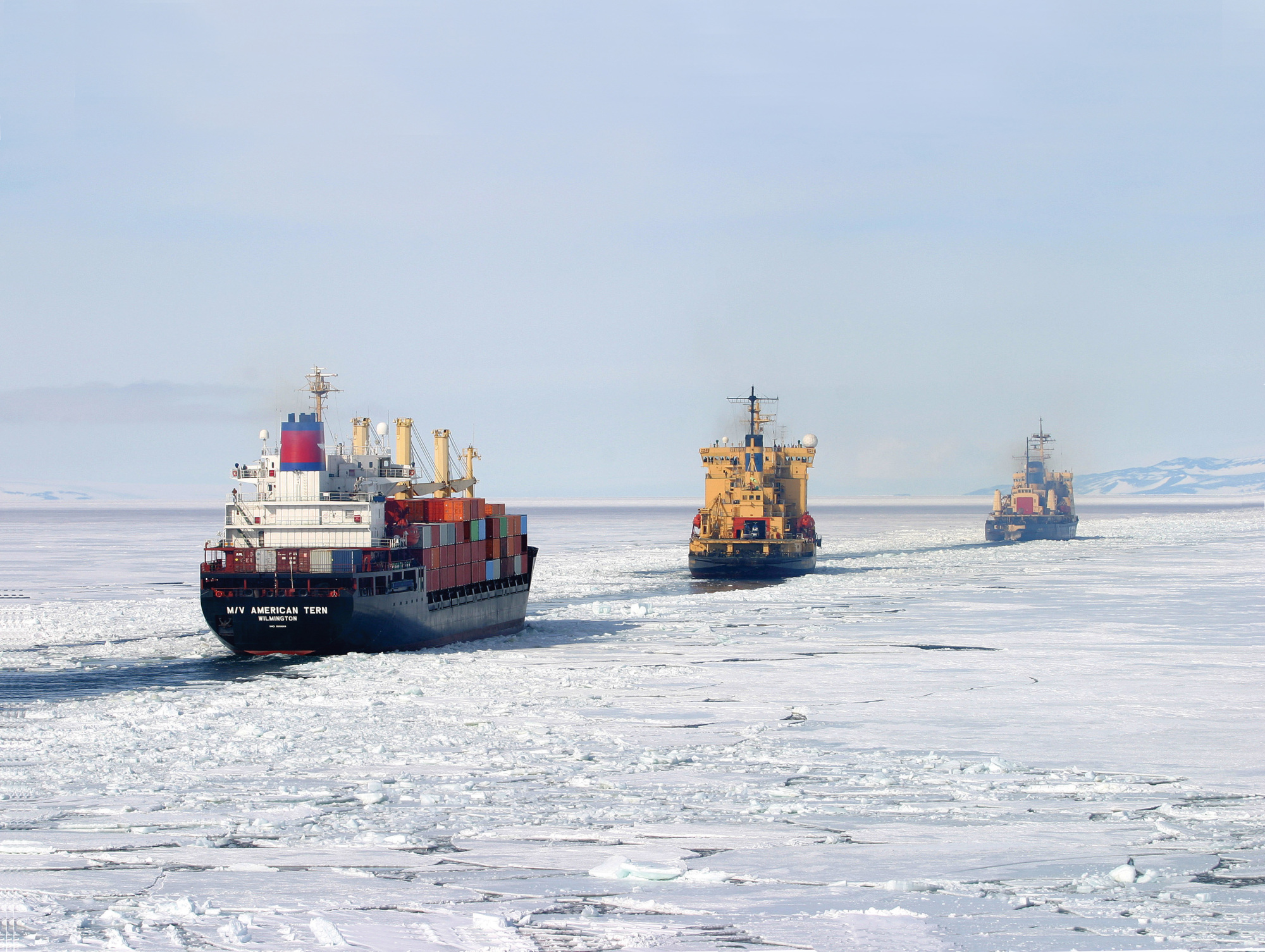Thirty-five years ago, as part of a global expedition, Charles Burton and I traveled across the Arctic Ocean via the North Pole, camping for three months on a fast-moving ice floe. It was, for us, a journey that defined our lives, and formed one leg of an enduring world record.
But another record, this one far less stable, belongs to the Arctic ice itself: by March of this year, it had shrunk to the smallest size ever recorded.
The disappearance of polar ice is driven by the use of fossil fuels, which not only underpins global warming but also has a more immediate effect, owing to widespread reliance on heavy fuel oil to power ships. HFO is cheap and abundant, but it is also toxic and dirty. When ships navigate the Arctic, pollutants like sulfur oxide and black carbon are deposited onto the ice and snow. The pollutant accumulation accelerates snowmelt, which warms ocean waters and, in turn, creates a self-reinforcing cycle of more melting.



